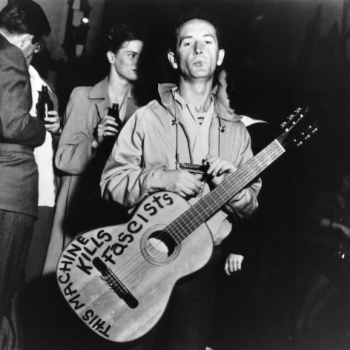Elizabeth Drescher’s recent tweet, “Angry, Hateful, Demented white people are really bringing me down #Aurora#ChickFilA #OakCreek” seems to indicate her angst. She writes a brilliant article at Religion Dispatches talking about the link between masculinity and mass violence. Drescher is the fundamental question regarding the recent spate of mass murders in America: What is the common denominator?
There is a connection to whiteness, most mass murderers are white, but not all by any stretch. That’s not the common denominator. Most are Christian, but the same problem arises: many are not Christian. Many are mentally ill, this seems to be a very important factor, but again there are many who are absolutely sane, just angry or convinced that violence is their only recourse.
Drescher’s conclusion is: “by and large the common denominator in mass killing is gender; the intimate enemy [the killer] is almost always a man.”
Drescher rightly points out that a major player in the hegemony of the masculine is religion, which in the case of American Society means Christianity.
“we cannot begin to address the culture of violence that is literally exploding all around us without acknowledging that “manning up” in American culture too often involves actions aimed at the subordination of others—women, children, nature—to the will of a man who, it is assumed, embodies the will of God. These often religiously informed, institutionalized, and naturalized versions ofmasculinity play no small part in the continuum of violence that moves from the domestic sphere to the public arena.
As gender scholar Raewyn Connell has noted: “There are many causes of violence, including dispossession, poverty, greed, nationalism, racism, and other forms of inequality, bigotry and desire. Gender dynamics are by no means the whole story. Yet given the concentration of weapons and the practices of violence among men, gender patterns appear to be strategic. Masculinities are the forms in which many dynamics of violence take shape.”












